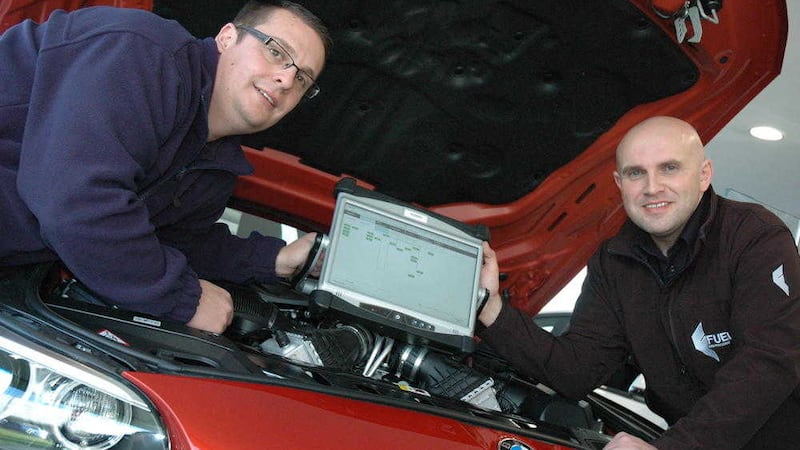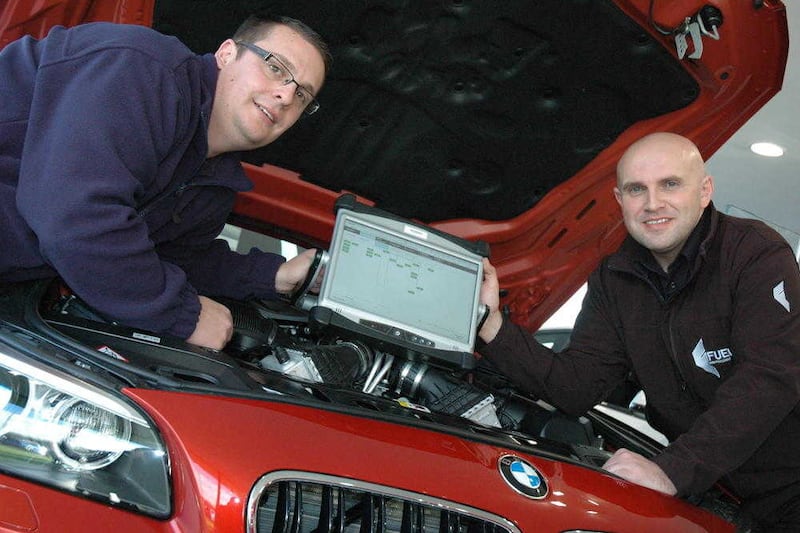The 'Internet of Things' (IoT) is already revolutionising our businesses, generating revenue and developing a good customer experience. But have we only seen the tip of the iceberg?
John Deere no longer only sell tractors and other heavy-duty vehicles. Buyers of its equipment can also become the beneficiaries of a plethora of useful information – fuel consumption, performance, the need for repairs and maintenance, and even the weather, all of which are extremely helpful for farmers.
How does John Deere do this? The answer is that increasingly popular concept – the IoT or, in the case of the business world, the 'industrial internet of things' - that is based on data-hungry sensors and a host of other increasingly low-cost devices. Proliferating rapidly as their virtues are recognised, these devices gather data that customers can use and then send out as a personalised stream of information that ultimately transfers into things that makes customers feel warm and comfortable with. It hardly needs saying that services such as this, increasingly breeds loyalty to brands as well as adding extra streams of revenue for the manufacturers.
As the IoT continues to prove its worth with smaller local companies, the bigger manufacturers are adopting it wholesale. ABB, the power and automation giant from the US, makes industrial robots that are used for everything from mass-producing cars to much more discrete products. But rather than just selling and installing these intelligent machines, ABB tracks their health on a real-time basis in a way that allows them to offer additional services such as remote monitoring, preventive maintenance, and software patching if things go wrong.
Today, Irish business who have “on-premise” computer servers (currently 80-85 per cent), small or large, often have their IT partner provide the same 24/7 monitoring installed which informs the IT administrator, be them internal or external, of the status of their servers – imminent hard disk failure, processor over-heating or other developing faults are automatically highlighted before a critical issue arises and an alert is broadcast. The same applies to the data centres based in Belfast, Dublin and beyond.
Studies by SAP, Accenture and other global consultants show that the IoT will be the catalyst for opportunities estimated to be worth over £10 trn in extra revenues by 2020. Essentially, the phenomenon of the IoT will create a more intelligent workplace that enables companies to devise new and better products and services. In concrete terms, all this will happen because the plethora of data-rich devices will do much of the thinking on behalf of increasingly skilled workforces that can digest and interpret the data to the company’s benefit.
Following the lead of the first manufacturers off the blocks, companies such as Germany’s Bosch, General Electric (GE) and US-based power solutions group Johnson Controls are all working on systems where machines automatically predict failure and trigger maintenance, without the necessity of human intervention and costly disruption to production. With this in mind, the question is – with the increase in IoT-connected devices used with-in business settings – is this just the beginning of a change, akin to the Industrial Revolution?
But while all this is good for industry, the biggest beneficiary will be customers and client, which is why software designers are working backwards from the perceived needs of customers rather than forward from a set of instructions given by office-bound thinkers. Thus, automobile manufacturers are already installing hundreds of sensors in their latest models and collecting information that can be used in everything from customer service to product design in a shining example of mutually beneficial collaboration.
And it’s why insurance firms offer a service known as telematics – an interdisciplinary development that pulls together telecommunications, electrical engineering such as sensors, and vehicular technologies – that monitors how well their clients drive. If they prove themselves to be safe behind the wheel, lower-priced policies will be their reward, and of course vice versa. Bus and van drivers will also become the beneficiaries (or victims) of telematics, according to the level of their skills. In our new hyper-connected world, there will be no escape from the truth!
As heavy industry exploits the opportunities of the IIoT to transform the customer experience, other companies are using the IoT to transform themselves. For instance, sportswear giant Nike’s intelligent wearable devices that monitor physical activity are turning the company into a digital fitness advisor that absorbs the information provided by satellite-linked watches and repackages it into programmes that make athletes fitter and faster.
At the moment the big investors in the IoT and the capture of big data for commercial ends are those sectors for whom the benefits are more obvious. The pioneers are media and communications, banking, and services. But others are catching the train – transportation, health and insurance are also early adopters.
The Internet of Things will fundamentally change a lot of how we do things, at the same scale as the world wide web transformed the workplace in the nineties.
:: Trevor Bingham (editorial@ itfuel.com) is business relationship manager at Fuel in Craigavon. Follow them on Twitter @itfuel.








